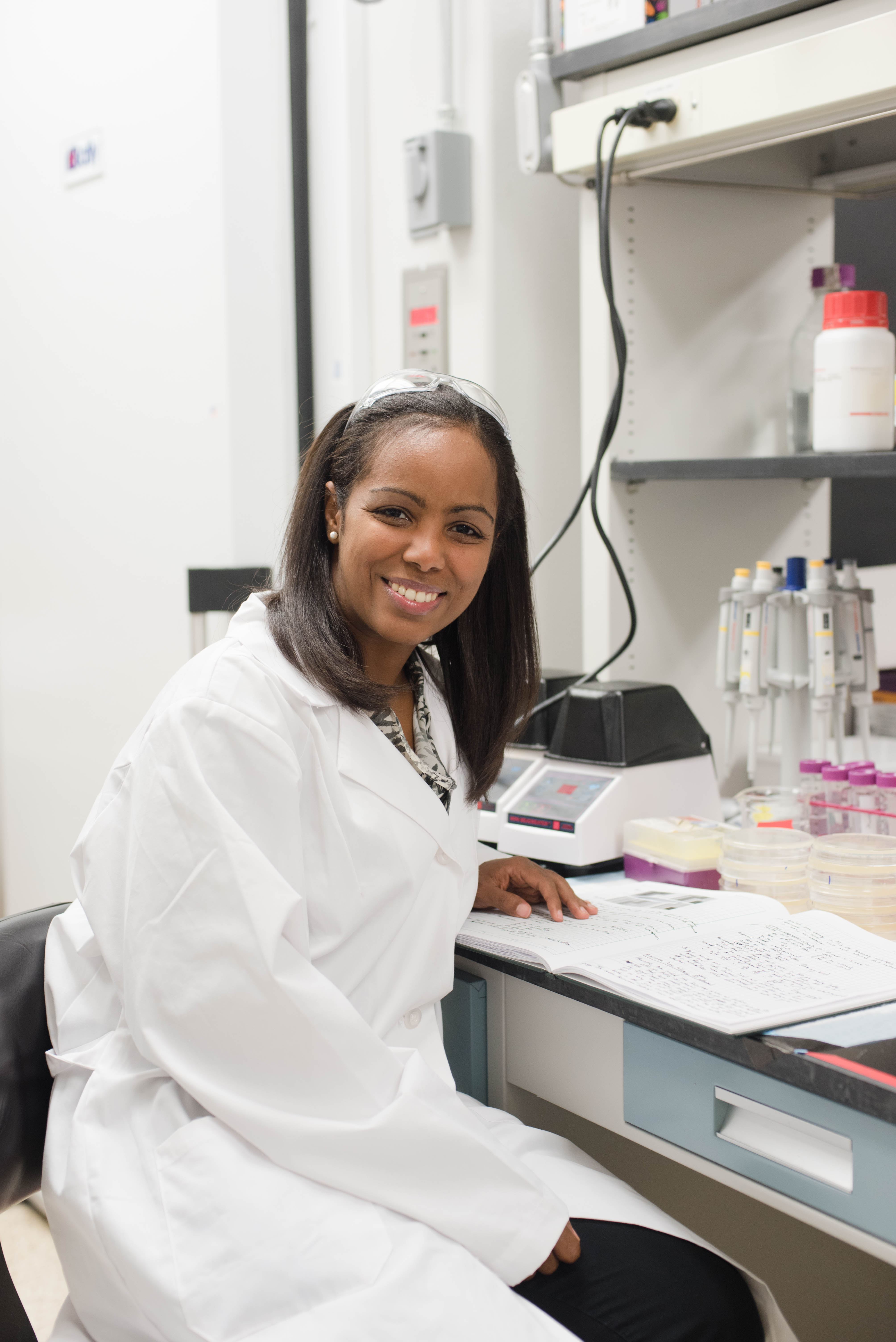
Lydia Contreras studies very small organisms, but seeks to answer big questions: how does our environment affect our chemical makeup, and what can we do to improve our response to environmental stress? An assistant professor in the McKetta Department of Chemical Engineering, Contreras sat down with us to discuss how her work could affect human health.
1. Tell us about your research and the problems you’re looking to solve.
I study the way living organisms’ cells react to their environment to find out how we can apply those responses in human cells. One of the ways we do this is by studying organisms called extremophiles, which live in extreme conditions like places with very hot weather, high radiation levels or water containing toxic metals. We try to find out what features these organisms have at the molecular level that allow them to live in a stable condition.
2. How could your work impact human life?
Our work is very fundamental and has many possible applications, from helping people be more resistant to seasonal allergies to providing more foundational treatment for diseases (such as some cancers) that are caused by environmental factors. It could lead to new pharmaceuticals that alter the way our cells sense and react to things like air pollutants or radiation. This work could also have huge implications for human survivability after disasters such as nuclear explosions.
3. Which organisms do you study?
We study three main models. The first is an extremophile called Deinococcus radiodurans, which is known for being very radiation-resistant. It’s nicknamed “Conan the Bacterium” because it’s resistant to so many stresses like drought, acid and metals.
The second organism, Zymomonas mobilis, produces high levels of bioethanol. It helps us anticipate problems in applying our work in biotechnology. Most organisms will die when you start producing high levels of a chemical, so if we can figure out how some organisms can tolerate high production of chemicals of interest to us, then we can create better production systems in other organisms.
Lastly, we study human lung cells. We expose them to chemicals that we could encounter in the air and see how they react to help us determine how to equip people who suffer from allergens or better predict early cellular behaviors that can lead to lung cancer.
4. What inspired you to focus your research in this area?
My interest in human health and solving many of the health disparities that exist in the world today led me to chemical engineering. I want to figure out how environmental factors like pollution and contaminated water can affect the body over time so we can better predict how to help people remain healthy.
Also, I became interested in biology from a systems engineering perspective. Biology is rapidly changing; you can now look at the body in terms of whole systems — all 20,000 to 25,000 genes — instead of studying just one gene at a time as traditionally done. From an engineering perspective, what you really have is a huge network that you can begin to understand by interrupting it and seeing how those interruptions affect the whole process.
5. In addition to your work, you also teach introductory engineering classes. How does teaching fit into your research?
Teaching is great for my research; I’m required to be up-to-date with current knowledge as I am challenged daily by our highly inquisitive students—you have to be aware of changes to fundamental concepts in the field. I also bring my research into the classroom and offer students real-world applications to what they’re learning. I love working with the students here — we have extremely talented student engineers in the Cockrell School.